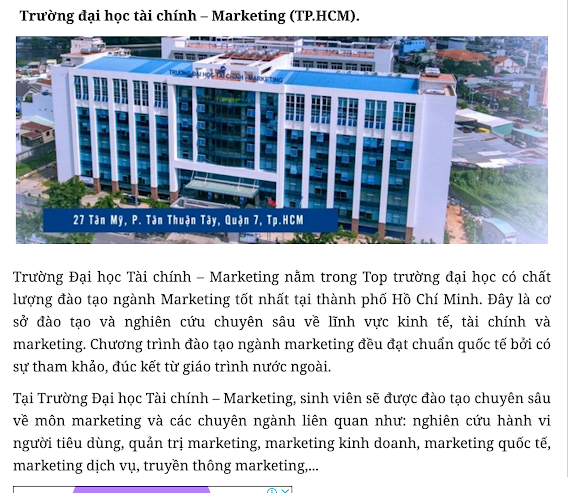Foodlinks America báo cáo về việc Bộ Nông nghiệp Hoa Kỳ trả lại ngân sách trợ cấp cho nông dân
Foodlinks America reports on unspent commodity funds
Barbara Vauthier reports in the TEFAP Alliance's blog and newsletter Foodlinks America this week:
While millions of hungry Americans besiege food banks and food pantries across the country with requests for emergency assistance, the U.S. Department of Agriculture (USDA) returned $81 million in fiscal year 2007 funds to the Treasury that could have been spent to purchase bonus commodities, according to a recent report from the Congressional Research Service (CRS).
The money in question was allocated to Section 32, a permanent appropriation that since 1935 has earmarked the equivalent of 30 percent of annual customs receipts to support agriculture activities and the farm sector, including child nutrition and emergency food programs. By statute, Section 32 funds are to be used only for: (1) encouraging the export of farm products through producer payments or other means; (2) encouraging the domestic consumption of farm products by diverting surpluses from normal channels or increasing their use by low-income groups; and (3) reestablishing farmers' purchasing power.
Under the second purpose, USDA's Agricultural Marketing Service (AMS) purchases surplus commodities – everything from grapefruit juice to bison meat – for domestic food assistance programs, such as the School Lunch Program, The Emergency Food Assistance Program (TEFAP), and the Commodity Supplemental Food Program (CSFP). These surplus or "bonus" buys have been a mainstay of emergency food providers nationwide for the last decade, although declining supplies in the past four or five years have significantly reduced government foodstuffs provided to the poor.
Instead, USDA policy under President Bush seems to be favoring the third purpose of the law – reestablishing farmers' purchasing power. Section 32 has been used in recent years for disaster initiatives and other purposes, such as compensating livestock owners for animals lost in the droughts of 2001-2002, helping Florida citrus growers replace trees lost in hurricanes and freezes, and supporting AMS administrative expenses for direct food purchasing, including the establishment of a new computer system.
AMS officials told Foodlinks America that the agency has considerable discretion under Section 32 and is under no obligation to spend the funds just because they are available. They noted that any bonus purchases must be economically and legislatively justified and approved by the Secretary of the Department. Nonetheless, with USDA proactively implementing initiatives such as bartering excess commodities (see Foodlinks America of September 14, 2007 and March 14, 2008) in order to try to pump more product into the emergency food system, it is curious that available funds went unused.
CRS noted that "AMS had a potential 'carryout,' or unobligated balance, of $581 million at the end of the [2007 fiscal] year. However, the Section 32 law permits no more than $500 million to be carried into the subsequent fiscal year. So AMS returned the excess, or $81 million, to the U.S. Treasury."
State commodity distribution agencies were concerned and perplexed by USDA's failure to utilize all available funds to address growing hunger needs. "Our EFOs [Emergency Feeding Organizations] have seen on average a 20 to 40 percent increase in demand mainly due to high energy costs this winter," said Randy Mraz, emergency food assistance director for the Maine Department of Agriculture, Food and Rural Resources. "Our food supply is at a five-year low. It is unfortunate that the USDA chose not to use available funds to bolster the supplies for the emergency feeding networks," he added.
CRS reports are not always posted to the internet. If somebody notices a link to this one, please mention it in the comments, and I'll add the link to this post.
